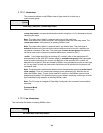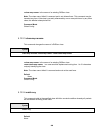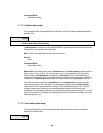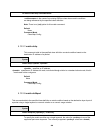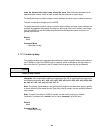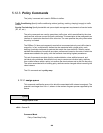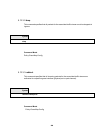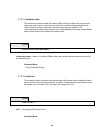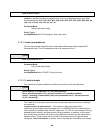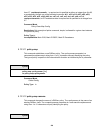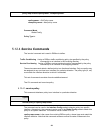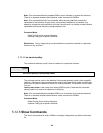
265
5.12.3 Policy Commands
The 'policy' command set is used in DiffServ to define:
Traffic Conditioning Specify traffic conditioning actions (policing, marking, shaping) to apply to traffic
classes
Service Provisioning Specify bandwidth and queue depth management requirements of service levels
(EF, AF, etc.)
The policy commands are used to associate a traffic class, which was defined by the class
command set, with one or more QoS policy attributes. This association is then assigned to an
interface in a particular direction to form a service. The user specifies the policy name when
the policy is created.
The DiffServ CLI does not necessarily require that users associate only one traffic class to
one policy. In fact, multiple traffic classes can be associated with a single policy, each
defining a particular treatment for packets that match the class definition. When a packet
satisfies the conditions of more than one class, preference is based on the order in which the
classes were added to the policy, with the foremost class taking highest precedence.
This set of commands consists of policy creation/deletion, class addition/removal, and
individual policy attributes. Note that the only way to remove an individual policy attribute
from a class instance within a policy is to remove the class instance and re-add it to the policy.
The values associated with an existing policy attribute can be changed without removing the
class instance.
The CLI command root is policy-map.
5.12.3.1 assign-queue
This command modifies the queue id to which the associated traffic stream is assigned. The
queueid is an integer from 0 to n-1, where n is the number of egress queues supported by the
device.
Syntax
assign-queue <0-6>
<0-6> - Queue ID.
Command Mode
Policy-Class-Map Config



